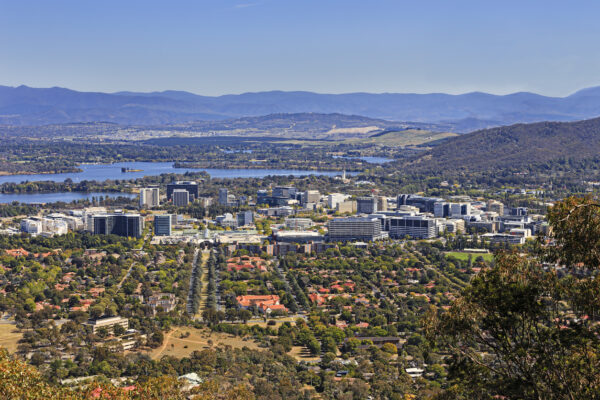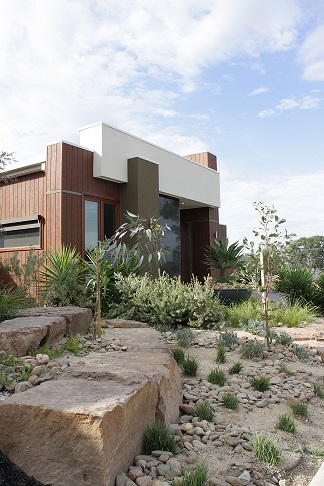Striving for more affordable housing options
Housing affordability remains a major challenge across many parts of Australia including in the national capital – home of CSIRO Ginninderra. Further to our 2016 Think Tank, we remain committed to helping to address this challenge through the future sustainable development proposed at CSIRO Ginninderra.
As we continue the process to identify a suitable development partner, one of the things we are looking for is a similar vision and commitment to finding affordable housing solutions at Ginninderra. We remain open to hearing about good practice and innovative approaches from around Australia and overseas. To this end, members of our project team recently attended the Trueventus Affordable Housing Australia Conference in Sydney.
At the conference, our team heard about recent experiences and case studies in a range of areas, including:
- New and innovative construction methods to deliver affordable housing of better quality, in less time, and at lower cost than traditional construction methods
- Inclusionary zoning, which is already in place in the ACT, where governments either mandate or create incentives for a given proportion of dwellings in new residential developments to be affordable to people on low to moderate incomes
- Mixed tenure developments, where a range of different partnership models are being developed between the public and private sector to foster more inclusive communities
- Transit-oriented developments with mechanisms to create housing opportunities for low to moderate income earners, providing improved access to employment, education and services, without the high commuting costs associated with living on the urban edge
- Examples of various financial models and incentives in the United Kingdom, Singapore and Hong Kong for attracting greater private sector investment in affordable housing.
Attending events such as this is just one of the ways we are following up on the ideas and interest that was generated at our own high-level Affordable Housing Think Tank in 2016.
What solutions could apply to Ginninderra?
CSIRO is still exploring a range of innovative technologies, finance and governance models that would enable us to deliver affordable housing options at Ginninderra. We continue to engage with various experts in the field to seek advice and to improve our understanding.
In Canberra, we value our relationship with ACT Shelter, who bring great expertise and passion to this issue. We certainly appreciated the support of ACT Shelter at our recent Community Planting Days at Ginninderra, where they hosted a BBQ to sustain our hard-working community volunteers who were planting shrubs to help restore our woodlands.
Our future joint development partner, and their network and collaborators, will also bring fresh ideas and opportunities to be explored and examined. It’s clear, however, that the affordable housing issue is a complex one and there will be no simple solution or quick fix.
A diversity of solutions as part of an integrated, systems approach is likely to be the best way forward and we are committed to identifying what this might look like at Ginninderra.

A range of solutions may contribute to what works best in Canberra and at Ginninderra.

New and innovative construction methods will help deliver affordable housing. Pictured here is the Zero Emission House.
